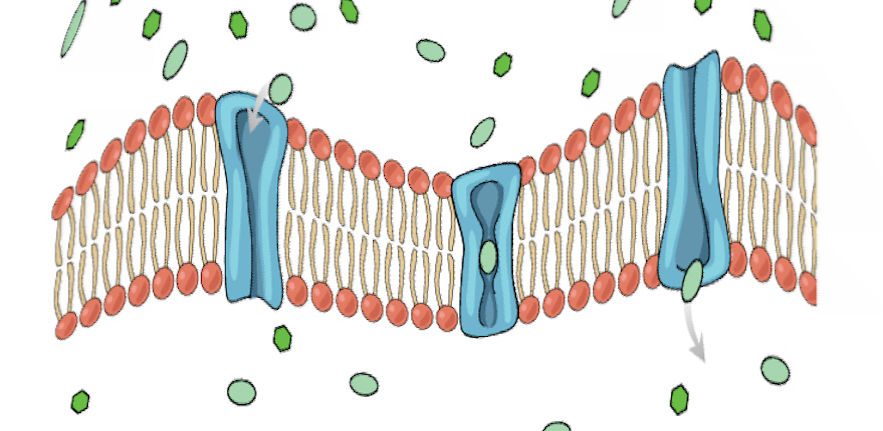Submitted by Dr O. Hadeler on Fri, 10/07/2020 - 16:12
Artificial cell membranes on a chip combine biology and electronics to monitor how molecules enter our cells.
Researchers at the Bioelectronic Systems Technology group at the Department of Chemical Engineering and Biotechnology have developed a method to deposit cell membranes on PDOT:PSS films to investigate how molecules, such as drugs and pathogens, travers across the membrane.
Traditionally this type of research is done using the patch-clamp technique, which is laborous, delicate and not suitable for high throughput screening. This new technique allows optical and electrical measurements to be carried out simultanously while keeping disturbances to the delicate membrane functionality to a minimum.
After depositing the membrane, made from mammalian embryonic kidney cells and liposomes, optical tracking of single protein motions to characterize protein diffusion and sensing of transmembrane protein function using electrical impedance spectroscopy (EIS) was possible.
More information about this work can be in two papers in Langmuir and ACS Nano.


